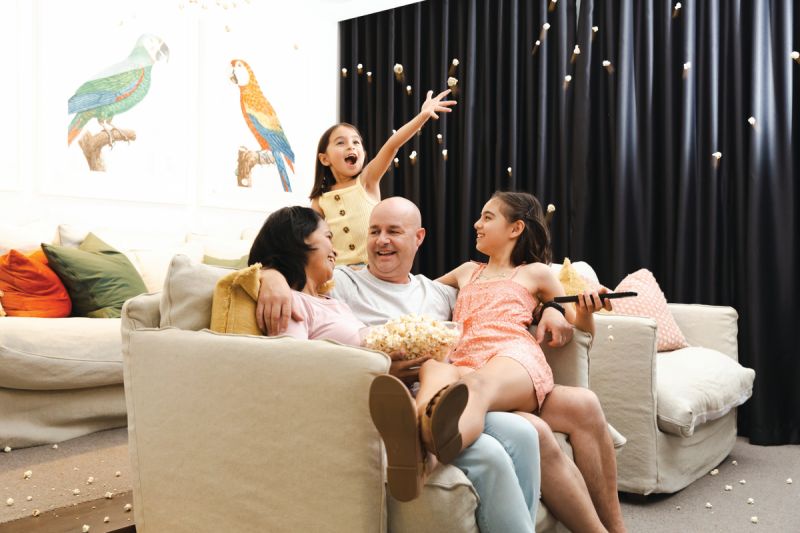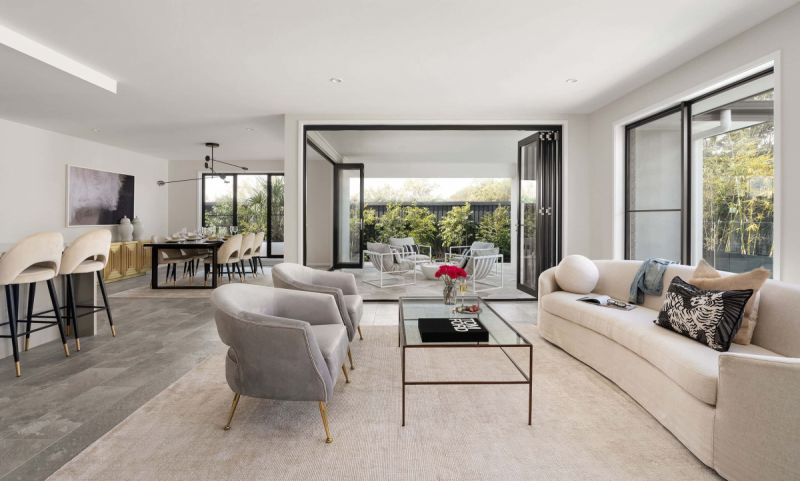5 Feng Shui Tips for Your Home
Feng shui is deeply rooted in Chinese history. A long-standing tradition that sprouted from an agricultural society, it was used to identify areas where families could prosper. It follows the same principles today to bring about harmony, happiness, and success to homes, businesses, and cities.
What is Feng Shui?
Feng Shui is the ancient Chinese practice of creating balance and harmony in a space by arranging objects in an intentional way to optimise the flow of energy and help you live peacefully.
The Chinese practice of Feng Shui is known for its connection between interior design and well-being, fortune, and prosperity, and is becoming more popular and commonly practiced in western cultures.
Feng Shui Principles: The five elements
Applying Feng Shui principles to create balance and achieve harmony means you must bring the five naturally-occurring elements to your home — water, metal, fire, wood, and earth — and achieve cohesion between all of them.
Keep in mind, too much of one element can cause an imbalance of energy which can result in a sense of confusion and anxiety while too little can cause passivity. The key to an optimal energy flow is balance.
- Water: The water element represents good fortune and abundance in all areas and how well it flows and circulates in your life. You can add the water element to your interior design by including water-like tones including navy and blue, soft or curved edges, and wavy lines in artwork or furniture.
- Metal: The metal element represents simplicity, clarity, and precision and holds both yin and yang characteristics depending on the metal choice. To add more metal touches to your home, consider metal photo frames, mirrors, or metal furniture (in your home office, for example).
- Fire: The fire element is responsible for activating energy. It can represent passion and creativity and is often associated with bright colours found in décor with sharp edges, home lighting and artwork. With too much fire energy in your home, you can become restless; with too little fire energy, you can feel stuck and stagnant.
- Wood: The wood element is associated with kindness and vitality and can represent new life. When we think of wood we think of nature: greens, browns, and teal. Adding more wood elements to your home can be as simple as adding indoor plants, wooden furniture, or using wooden materials in your home design.
- Earth: The earth element is said to represent stability, health and grounding. Mostly calming in nature, the earth element is also known as the ‘centre of life. ****To incorporate the earth element into your home design, you can furnish your space with items made from natural materials, include earthy hues such as yellows and browns, or introduce more square-shaped objects.
House Feng Shui layout: the energy map
One of Feng Shui’s most important tools is the bagua/pakua which is the feng shui energy map. It helps with your house layout and the application of the elements to areas in your home that reflect the aspects in your life you wish to focus on: *wealth, career relationships,* *health, or travel.*
The image below shows a map of the areas in your home and which aspects of your life they represent.
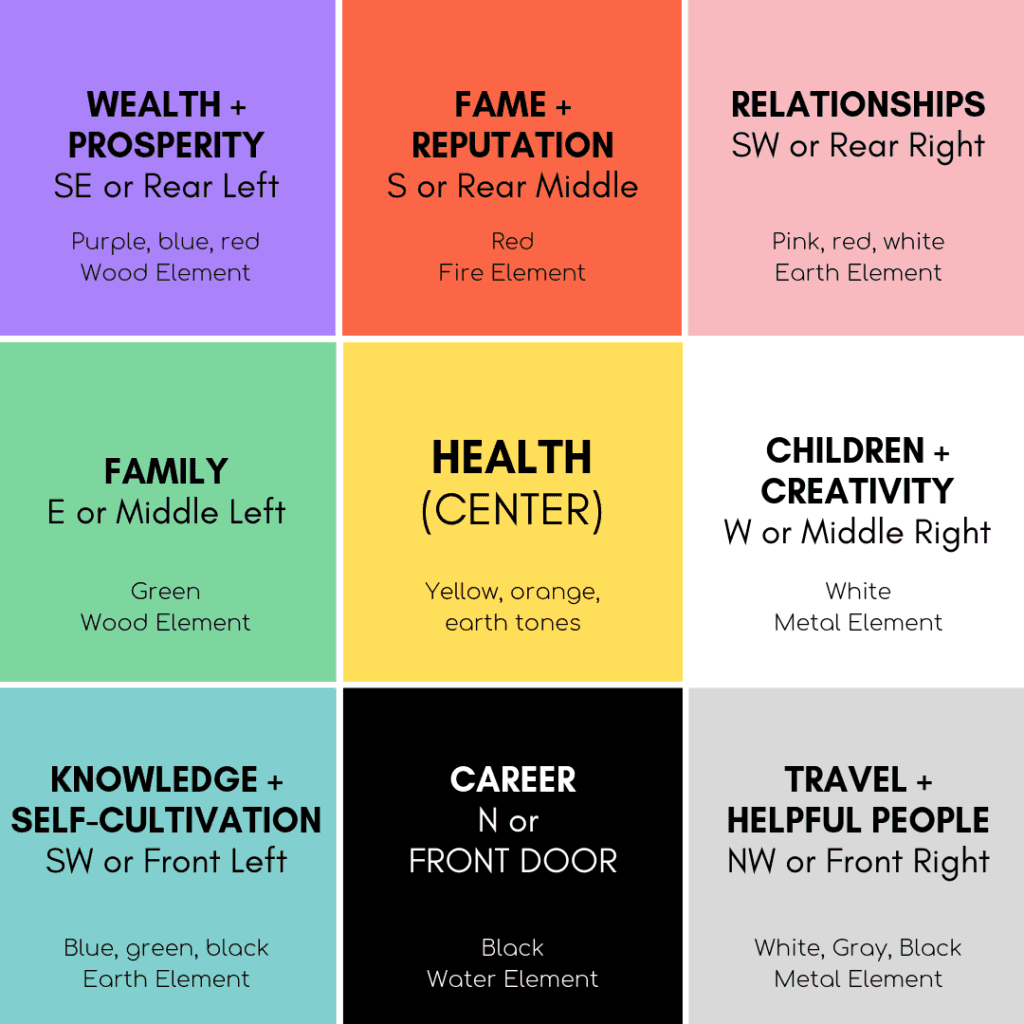
IMAGE: The Bagua (source: Architecture Ideas)
For instance, if you’ve been meaning to work on your career, you can incorporate water elements in the entry point (north) of your home, such as a water artwork, water fountain, aquarium, mirror, or a play of dark colours.
The goal is to achieve balance - the Yin and Yang
To achieve harmonious energy at home, be proactive about sustaining the Yin/Yang balance in your home layout. Yin is the passive energy that allows for relaxation, while Yang is the active energy that supports productivity and socialisation.
While one cannot exist without the other, the overall balance is achieved by having Yin in some rooms and Yang in others. Yin would be great for bedrooms and bathrooms, while Yang would be needed in the kitchen, front door, dining room and home office.
In the end, the interplay of the five elements and life forces is what nurtures a well-balanced home, and creates an environment that invites positive energy in. In Chinese culture positive energy is called ‘qi’, pronounced ‘chee’.
5 tips to create good Feng Shui at home
Good Feng Shui isn't only about how you position your furniture or what colour scheme you use; it also applies to your building design. The following tips will guide you on best practices for both your exterior and interior design—creating a mindful and peaceful home.
1. Keep the path to your front door clean and clear
In Feng Shui, the front door is known to be the mouth of qi - the point from which energy can enter and flow. Clearing the path to your front door warmly welcome the positive energy to your home. Look around your porch or entry area to check for trees and other obstructions that can block the entrance of qi.
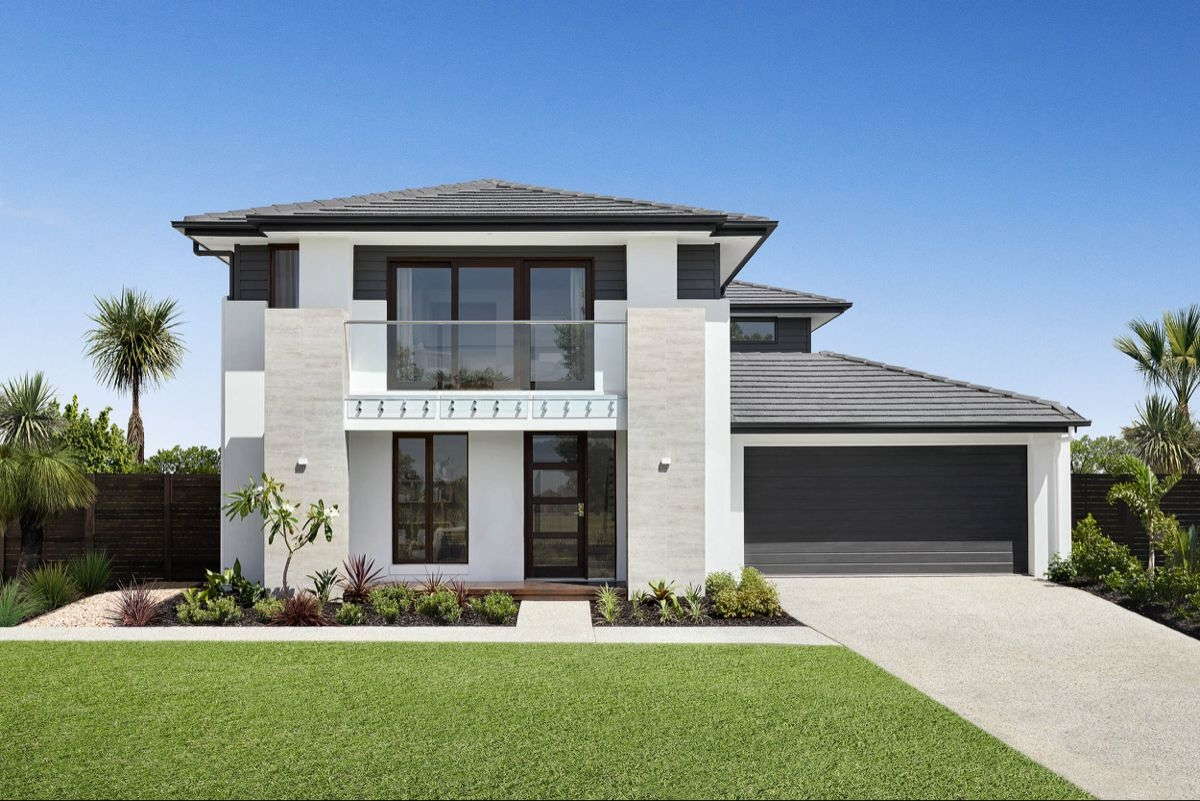
IMAGE: The Emperor’s clear and inviting pathway
2. Learn the command position
The command position allows you to take control of your life and be prepared for what comes at you. By placing furniture diagonally from your door, a position where you can see who *or what* enters, you are in a *literal* position of power. This applies to your bed, sofa and home office desk. The command position enables you to sit back and relax - you’re prepared, whatever happens.
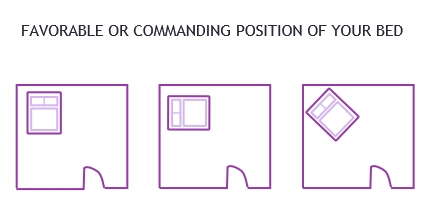
3. Clear the clutter in all the rooms to let the energy flow
Feng Shui is all about keeping the balance between elements in the house. If your home houses things that throw the life energy off balance, it can block the flow of qi. Piles of clutter can signify unorganised thoughts that can weigh you down. Cultivating a clear space allows the mind to wander freely. This also allows you to maximise natural light by removing items that block or obscure incoming light.
4. Slow down the flow of energy
Once all the clutter is removed, your next challenge is to slow down the flow of energy. The goal is to keep the positive energy inside the house - retain it.
Begin with the pathways in your home. As there are rarely straight lines in nature, the ideal setup is where the two doors aren’t directly facing each other. Such is especially true for your front door and back door. You wouldn’t want the good vibes to escape as soon as they enter!
Positioning artwork, rugs, plants or other items in otherwise clear areas makes people pause before continuing, slowing down the flow of energy.
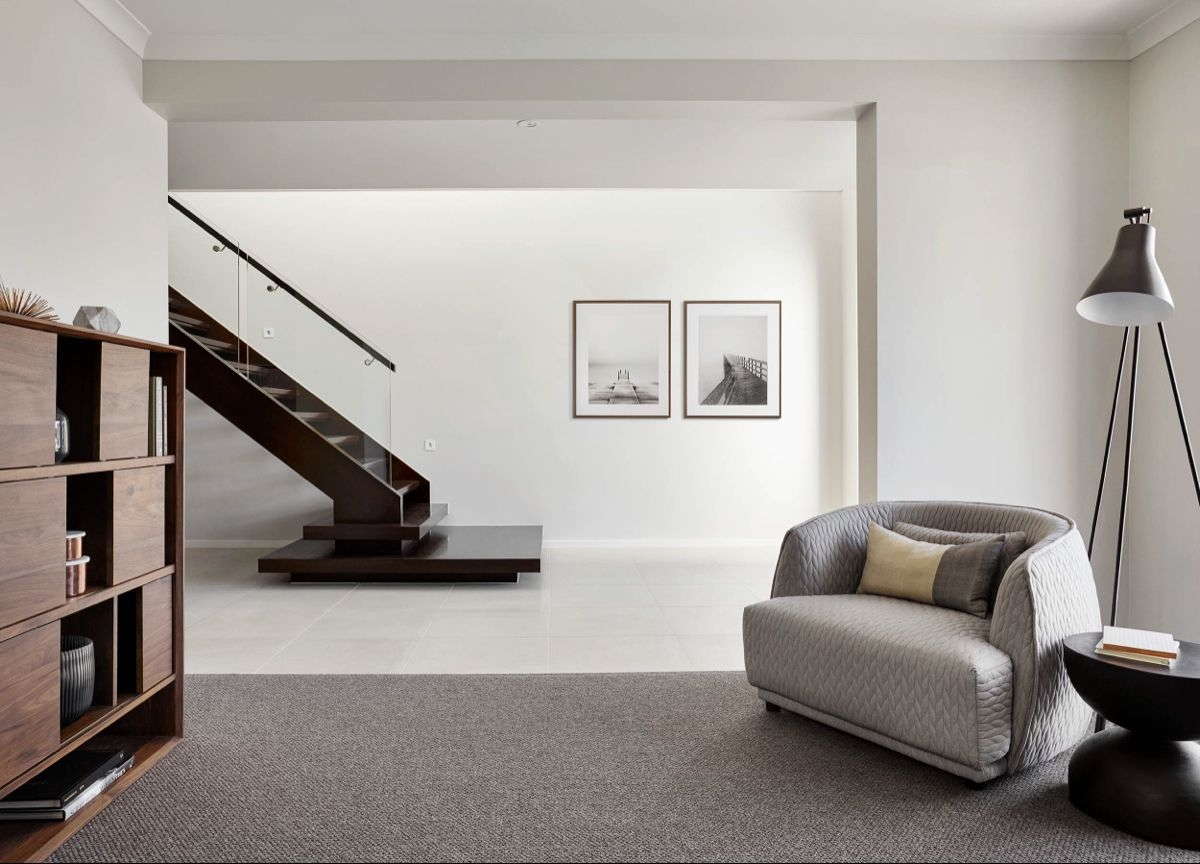
IMAGE: The artworks slow down entry into the Emperor
5. Choose your home placement wisely
South East Queensland offers a variety of beautiful choices for people looking for a new place to call home, but keep in mind that placing your home near messy areas is believed to invite negative qi. Avoid living in front of cemeteries, near rubbish dump sites and power stations.
Similarly, if you can, steer clear of living at the very top or ‘end’ of a T-intersection, as this can send a lot of energy directly into your home — all important considerations when choosing where to buy or build.
Your home is a reflection of who you are and the type of energy you want to invite into your life. Once you get a feel of what’s right for you, you’ll know when something goes astray and which elements to add or remove.
The importance of good Feng Shui in Australian Homes
The idea of Feng Shui is that by changing the way you perceive your environment, you can also change how you think and behave in it. Transforming the energy in a room can enhance your well-being, creating a healthier alignment of your internal energy, which in turn can lead to a fresh perspective on life.
This approach offers significant benefits such as a sense of security, serenity, comfort and motivation, all of which are important factors in achieving optimal well-being.



